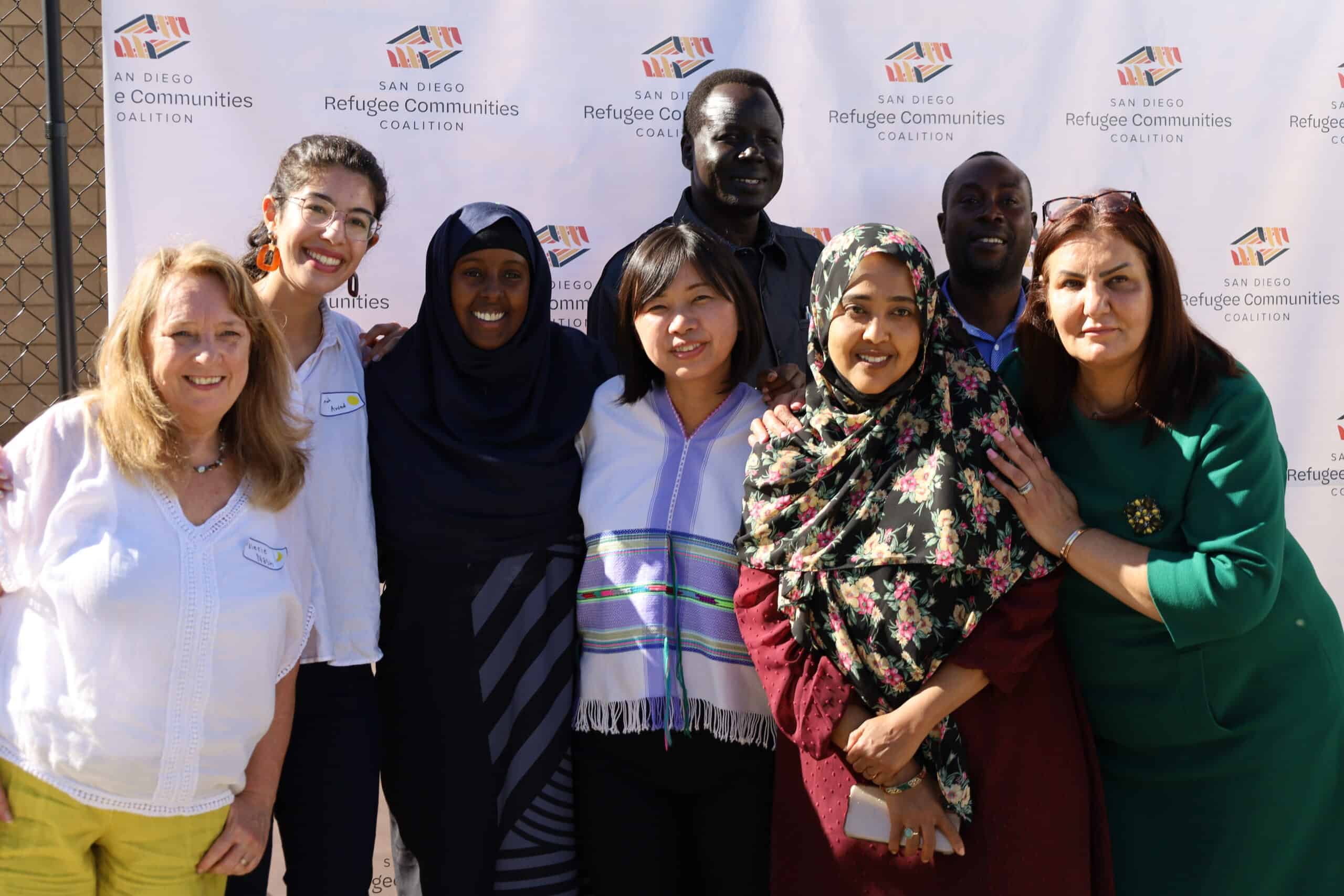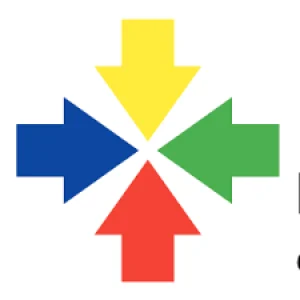As providers for their community, ethnic community-based organizations (ECBOs) take on a variety of important roles—all of which require adequate funding. Without proper funding, ECBOs would be unable to pay for programs and activities for their communities, training for their staff and volunteers, and basic business expenses. Many ECBOs first turn to grants provided by federal agencies, such as the Office of Refugee Resettlement (ORR), but applying for these grants can be complex, and the funding they provide is temporary. That’s why it’s critical for ECBOs to learn about all the funding resources available to them. In this blog post, the Karen Organization of San Diego (KOSD) discusses funding strategies with Amarjit (Amar) Dass, director of the San Diego Refugee Communities Coalition (SDRCC), a unique coalition raising more than $5M each year to coordinate collective actions and initiatives among 13 member ECBOs serving diverse refugee communities in San Diego.
Basics of ECBO Funding: Sources and Strategies
There is no “best” source of funding for ECBOs—rather, the ideal strategy is to draw from as many different funding sources as possible to ensure the long-term sustainability of ECBO operations. These sources include:
- Federal government grants
- State and local government grants
- Foundation grants
- Individual donors
- Corporate/local business sponsorship
- Special events
- Revenue generation/social enterprise
Diversifying funding sources as an ECBO takes time. The key is to be persistent and have patience. Even one new source of funding is a cause for celebration and a step toward larger goals. By continuing to apply for funding, ECBO leaders not only build their grant writing and fundraising skills but also develop new and deeper relationships with local foundations and government agencies—important partnerships for ECBO fundraising efforts.
For more details about ECBO fundraising strategies, see the Switchboard information guide Getting Started with Fundraising: Guidance for ECBOs.
Why Approach Grant Funding as a Coalition?
Joint fundraising through membership in a coalition is a promising strategy that many ECBOs have benefited from. In coalitions, different organizations with shared purposes and interests work together to accomplish their goals while supporting one another.
For example, the San Diego Refugee Communities Coalition (SDRCC) was established in 2019 by a group of leaders from 12 local ECBOs, with support from the Refugee Health Unit of the UC San Diego (UCSD) Center for Community Health. Their goal was to address “structural inequities faced by refugee communities [with] the vision of transforming San Diego into an equitable and accessible place where refugee communities could thrive.” While SDRCC is a formal coalition, it is not a 501(c)(3) nonprofit organization. This allows them to deliver the funding they receive through fiscal leads directly to the member organizations and workforces from the community instead of having to pay for such costs as administrative salary and other general operating costs.
Four Key Components of a Successful Coalition Model for ECBO Fundraising
1. Trusting Relationships Among ECBO Partners
Building strong relationships is one of the most critical components to approaching grant funding as a coalition. Relationships are crucial to every aspect of the process, from finding fellow leaders to partner with to approaching funders and forming partnerships. Amar from SDRCC described how partnerships with other organizations, local agencies, health clinics, and universities allowed the coalition to build stronger cases on their funding applications and gave them the support and resources needed to run initiatives and projects.
2. Shared Fiscal Responsibilities
Since SDRCC is not a 501(c)(3) organization and therefore not eligible to apply for grants itself, Amar explained that its member organizations rotate responsibilities as fiscal lead (grant applicant) to apply for the whole coalition and distribute the awarded funds to the member organizations as subgrants. This approach has many benefits: First, each ECBO gets more experience with managing larger grants and improving its organizational capacity. Second, the fiscal lead ECBO can build stronger relationships with larger funders, which it otherwise would not have the opportunity to do. Third, newer and smaller ECBOs can start building relationships with funders and local government agencies by being a subgrantee, and they can increase their organizational capacity by receiving project-based funding to cover personnel and general operating costs.
3. Community Needs Assessment and Initiatives to Guide Your Fundraising
One strategy for diversifying funding is to plan funding based on the community’s needs before actually applying. Doing so allows organizations to target funders focused on specific needs or initiatives, which helps increase their odds of receiving funding and diversifying their funding sources. For example, SDRCC coordinates annual strategic planning meetings, various community needs assessment surveys, and focus groups through 13 member ECBOs. Through these processes, SDRCC designs and implements initiatives that aim to directly impact the daily lives of individuals and families from different newcomer communities and to address historic and systemic inequities. SDRCC is currently working on five focused initiatives: (1) Community Health, (2) Behavioral Health, (3) Youth Leadership, (4) Economic Development, and (5) Policy. Based on its needs assessment in the community and strategic plan, SDRCC approaches various funders who support these initiatives.
4. Data and Reports as Fundraising Tools
Collecting high-quality data allows organizations to build credibility and make a stronger case when appealing for funding. In-depth reports demonstrate to funders that an organization is committed to the work they do and that they have the results to prove it. Amar recommended collecting as much data as possible, especially qualitative and quantitative data on outcomes, which can be used to show how impactful the programs were. SDRCC conducts large-scale community assessments through surveys and focus groups and uses daily reporting tools to collect program-related data through its member organizations.
A benefit of being part of a coalition is that it encourages working with partners, such as local universities, who have strong data-collection and evaluation capabilities. For example, SDRCC works with the UCSD Refugee Health Unit, which offers data collection, analysis, and evaluation support to the coalition and its member organizations. Coalitions also give member organizations access to a larger budget, which allows them to have a greater evaluation budget than if they were operating on their own.
Key Takeaways
The saying “Your network is your net worth,” is especially true for ECBOs. Supporting a community is a community effort, which is why ECBO leaders should strive to expand their connections in order to amplify the voices of the populations they serve. The teamwork made possible by coalitions enables ECBOs to reach new heights—both funding related and otherwise—that would not have been possible without the support of a like-minded group.










